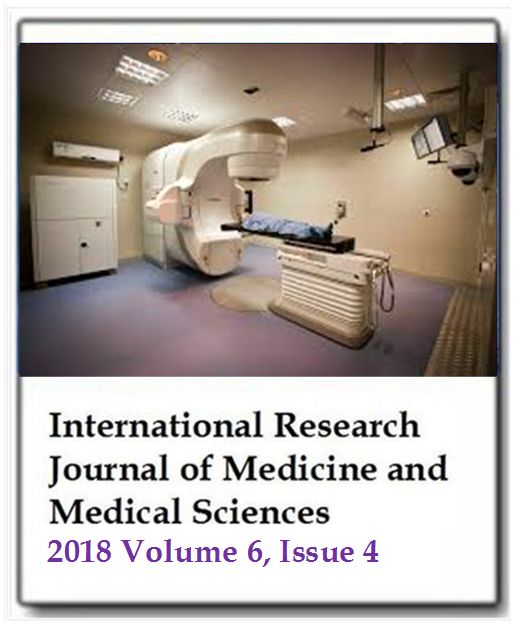A comparison of subcuticular and staple skin closure techniques for Caesarian Section: A randomized controlled trial in King Abdul-Aziz Medical City, Riyadh, Saudi Arabia
Hanan Al-Kadri, Elham Ismail Elsherif, Lubna Khan, Haitham Magdie Fillimban, Saad Fahad Kurdi, Amal Ahmad Fayed and Shoeb QureshiInternational Research Journal of Medicine and Medical Sciences
Published: November 7 2018
Volume 6, Issue 4
Pages 94-100
DOl: https://doi.org/10.30918/IRJMMS.64.18.050
Abstract
The objective of the study is to compare the outcome of different closure techniques (subcuticular suture vs. stapler) on patient satisfaction and operative complications post cesarean section. The design is prospective randomized controlled trial. The setting of this study is the Department of Obstetrics and Gynecology, King Abdul Aziz Medical City, Riyadh, KSA. The population or sample includes all pregnant patients with planned elective Caesarian section (CS) to eliminate the effect of confounders such as wound complications resulting from the emergency nature of CS. We calculated our required sample size to be 240 patients. Consequently, 120 subjects were required in each group in order for us to reject the null hypothesis. Both groups were equal with a probability (power) of 80%. The probability of a Type I error (α) associated with this test was calculated as 0.05. Computer-based randomization was performed and the numbers generated were coded to represent the two-different skin closure techniques. Primary outcome measures were wound complications, mainly infection and wound dehiscence, postoperative pain, analgesia requirement and the length of postoperative hospital stay. The secondary outcome measure was patient satisfaction score. Both methods of skin closure were comparable in terms of short- and long-term patient satisfaction although the incidence of wound complication was higher with subcuticular stitches (OR = 2.41; 95% CI: 1.17 - 4.98; p = 0.02). In conclusion, both methods of skin closure were comparable in terms of short- and long-term patient satisfaction although the incidence of wound complication was higher with subcuticular stitches. However, this finding could relate to the increased incidence of diabetes and high BMI in our pregnant population, as well as the relative experience of the operative surgeon performing the procedure.
Keywords: Cesarean section, skin closure, suture, technique, wound complication.
Full Text PDFThis article is published under the terms of the Creative Commons Attribution License 4.0

